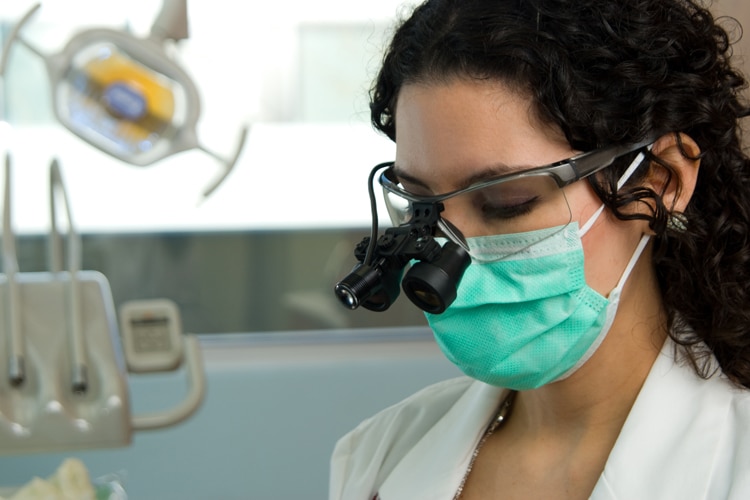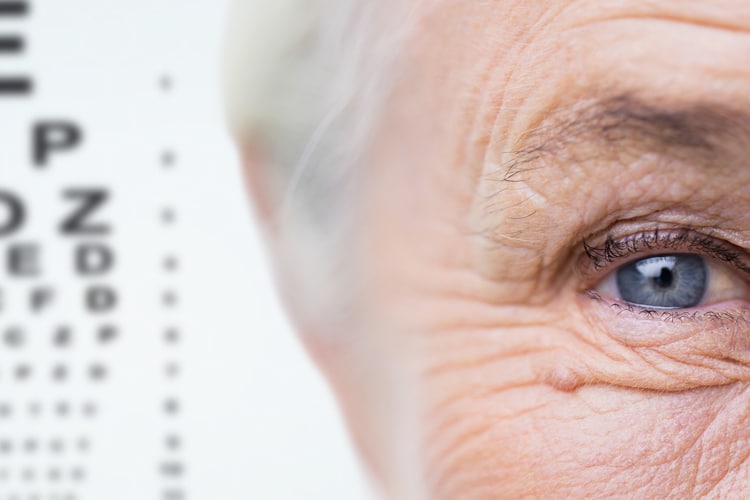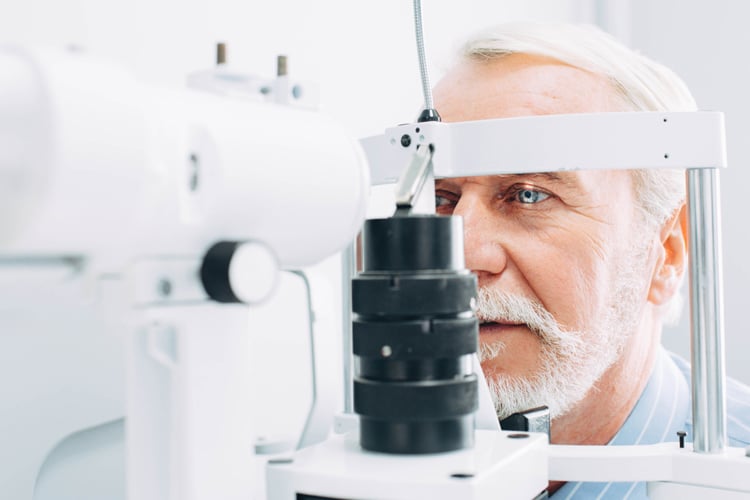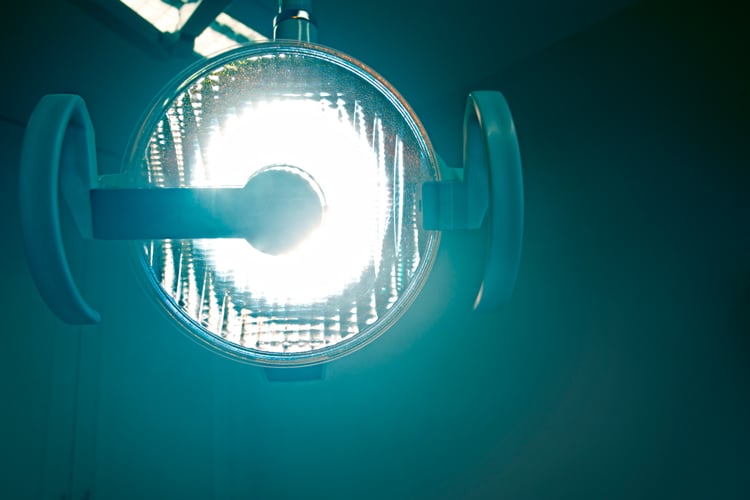Improve Your Visual Acuity
A group of researchers hypothesized that many in the field of dentistry are often unaware of the level of their visual acuity.

A group of researchers hypothesized that many in the field of dentistry are often unaware of the level of their visual acuity. In an attempt to create an accessible way to measure the degree of near vision, researchers developed a unique test for practicing dentists and dental students to evaluate their visual acuity using a $5 bill. In this test, research participants were asked to read the first five words of each line in the Lincoln Memorial frieze printed on the bill under a dental operating light at a distance of 300 mm, or approximately 12 inches. The ability to read six or more words in the memorial frieze indicated that visual acuity was within the average range of clinicians. If none of the words could be read, concurrent vision tests verified that the individual’s visual acuity was lower than the median score of research participants. The authors concluded that this was an easy manner to determine if additional aids were required when practicing dentistry.
Photo Credit: wjenningsphotography / iStock / Getty Images Plus

Effects of Aging on Eyesight
Another important aspect of visual acuity is the effect of aging on eyesight. In the natural process of aging, the lens of the eye becomes thinner and less flexible, which makes it difficult to focus on nearby objects. A study placed dentists in a simulated dental environment to determine their near visual acuity. The results indicated a wide disparity in the quality of near vision among the research participants, with increasing age playing a major factor in the loss of acuity. This loss of vision may contribute to headaches and eyestrain. Additionally, dental hygienists tend to compensate for this loss of visual acuity by adopting unhealthy working postures. These changes in near vision may also negatively impact the ability to perform the intricate work that is required in dental hygiene.
Photo Credit: dolgachov / iStock / Getty Images Plus

Magnification Aids
Research has indicated that magnification aids are useful in enhancing visual acuity. A newly released study examined the visual acuity of practicing dental hygienists and dental hygiene students in their clinical settings. Visual acuity was measured with and without magnification aids. The authors concluded that magnification should be used to improve the visual acuity of all dental hygienists and is especially important for those older than 40. Dental professionals should schedule eye exams every 2 years to track any changes in vision.
Photo Credit: Darunechka / iStock / Getty Images Plus

Illuminating the Oral Cavity
Illumination can be used to improve visual acuity. The consensus is that over-illumination can be as harmful to the human eye as inadequate lighting. To evaluate products for usefulness, it is helpful to review how light affects vision. As light enters the eye through the cornea, the iris dilates or constricts, controlling the amount of light that is able to enter the pupil. The light is then refracted to the back of the eye where the image is focused. Adequate light makes it easier for the eye to focus, which improves acuity.
Photo Credit: MediaProduction / E+

Headlights Light the Way
Many dental hygienists are finding that the addition of light-emitting diode (LED) headlights to magnification frames enhances illumination and improves ergonomics in many ways. The most common headlights used today are co-axial LED systems. The function of these systems is to direct a beam of light to the working area, following the head position of the operator to eliminate shadowing. These products can vary considerably in quality and must be carefully evaluated before purchasing. A generous trial period by the manufacturer and customer follow-up are essential. When investigating different products, clinicians must be aware of several factors that will help achieve the desired outcome.
Photo Credit: AleksandarGeorgiev / E+

Quality of Light
It is important to evaluate the intensity of the light produced and ensure that it can be adjusted to compensate for operator preference. The light must be uniform and clear at the working distance. Lights that emit a beam with a hazy outline are not recommended. Color temperature, which is the color of light produced, is another important consideration. Light sources close in color to neutral sunlight are considered the safest options. Batteries that control the light source can be corded or attached to the headlight. For ease of use, the power switches on the batteries should be easy to access. To minimize cross contamination, a good solution is to purchase lights that can be activated by motion sensors or through fabric.

